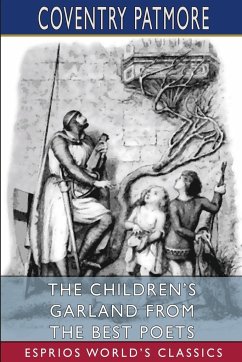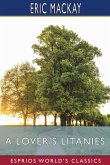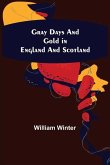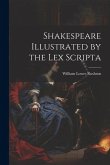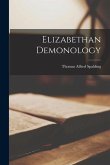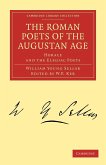Coventry Kersey Dighton Patmore (23 July 1823 - 26 November 1896) was an English poet and critic best known for The Angel in the House, his narrative poem about the Victorian ideal of a happy marriage. As a young man, Patmore found employment in the British Museum. Upon the publication of his first book of poems in 1844, he became acquainted with members of the Pre-Raphaelite Brotherhood. After the death of his first wife, the grief of loss became in great measure his later theme. Patmore is today one of the least-known but best-regarded Victorian poets. In 1853 he republished Tamerton Church Tower, the more successful of his pieces from Poems of 1844.
Hinweis: Dieser Artikel kann nur an eine deutsche Lieferadresse ausgeliefert werden.
Hinweis: Dieser Artikel kann nur an eine deutsche Lieferadresse ausgeliefert werden.

